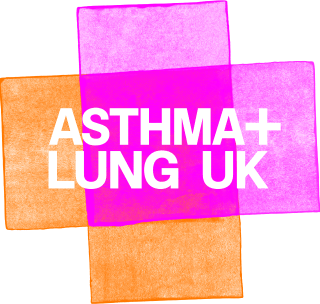The aim of treatment for primary ciliary dyskinesia (PCD) is to improve or maintain your child’s normal lung function. On this page, we explain the treatments available, including antibiotics, inhaled medication and daily airway clearance.
On this page:
- What treatments will my child have?
- Treatments to avoid
- Will my child need to go to hospital?
- Which health care professionals will treat my child?
- Further information and support
Treatment of PCD should begin as early as possible to try and prevent permanent damage to the lungs, called bronchiectasis.
What treatments will my child have?
Treatments for PCD are aimed at preventing and treating upper and lower airway infections, and also treatment to clear the airways of mucus.
- Antibiotics – these are used as a treatment when respiratory symptoms or lung function become worse. Your child may need to take these for two weeks to clear any infections.
- Inhaled medication – can improve symptoms for some children. Your child may be given medication through an inhaler or a nebuliser.
- Airway clearance – airway clearance is the main form of treatment for people with PCD. This involves getting rid of the mucus that builds up, through chest physiotherapy and exercise. This is part of a daily routine. Your child may also use a nebuliser alongside this to help with airway clearance.
- Exercise – exercise is important to help stay healthy, improve muscle strength, and improve lung health. Exercise is especially important for people with PCD as it opens up the airways and helps with airway clearance.
- Environment – avoid smoking or vaping anywhere near your child and ask others not to smoke around them. Try to avoid them coming into contact with infections, and indoor and outdoor pollutants. We have more information on risks and prevention.
- Vaccinations – your child should receive all their childhood immunisations. In addition, they should have a pneumonia jab and yearly flu jabs. Talk to your child’s doctor or nurse about coronavirus vaccinations.
- Regular reviews – your child should have a review every year from the specialist PCD service and should be seen in your local hospital for check-ups throughout the year. They will also keep an eye on your child’s growth.
Treatments to avoid
Avoid any medicine that stops your child coughing – such as cough syrup. It’s important your child coughs to help clear their airways.
Will my child need to go to hospital?
Your child may be admitted to hospital if they have a chest infection, or if they need tests.
They may also need to stay in hospital if their condition gets suddenly worse. This is called a flare up or exacerbation, or sometimes called a lung attack. They may stay in hospital for a few weeks, or sometimes longer.
In hospital they will receive treatment which may include antibiotics through a drip and intensive physiotherapy. They may also use an inhaler to calm the inflammation in their airways before doing physiotherapy.
Which health care professionals will treat my child?
Your child will be given treatment by a variety of different health care professionals. They work together as part of what is called the multidisciplinary team (MDT). They will regularly meet to discuss your child to agree on a plan to provide the best care and treatment for your child.
Your child’s MDT will include respiratory doctors and nurses, physiotherapists, and ear nose and throat specialists. Speech and language therapists and hearing specialists may be included in your child’s care if their speech or hearing has been affected by PCD. A dietician may be included if their growth and weight are affected.
Further information and support
Primary Ciliary Dyskinesia Family Support group UK.
You may also want to join our Parent and Carer Support Network which provides support and a space for parents and carers of children with lung conditions to come together.








